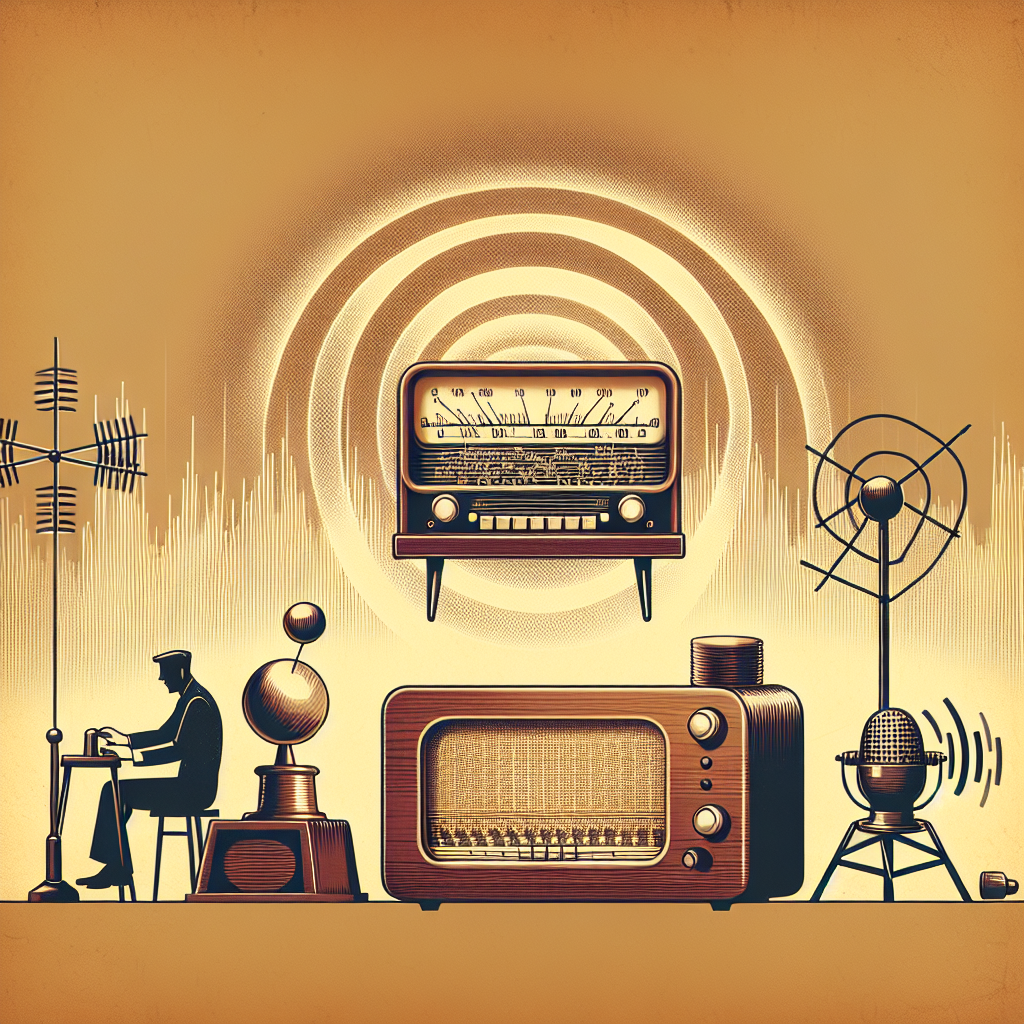Introduction
Good radio reception is essential for enjoying your favorite AM/FM stations without the frustration of static or poor sound quality. However, achieving clear reception can sometimes be challenging due to various factors such as antenna type, location, and interference. This article offers actionable tips on how to improve your radio reception effectively.
1. Choose the Right Antenna
Antenna choice is crucial for good radio reception. Here are different types of antennas you can consider:
- Indoor Antennas: Suitable for areas with strong signal strength but can be affected by household appliances.
- Outdoor Antennas: Ideal for weak signal areas, placed on roofs or high locations to capture better signals.
- Directional Antennas: Designed to focus on signals from one direction, reducing interference from others.
2. Optimize Antenna Placement
The placement of your antenna greatly affects reception quality. Follow these tips:
- Elevate the Antenna: Higher placement can reduce obstructions and receive better signals.
- Avoid Obstacles: Keep the antenna away from walls, metal objects, and electronic devices that can cause interference.
- Rotate for Best Position: Adjust the antenna to find the best angle for receiving signals.
3. Minimize Interference
Interference from other electronic devices can degrade radio reception. To minimize it, you can:
- Keep Distance: Place your radio away from other electronics like TVs, computers, and fluorescent lights.
- Use Ferrite Beads: Attach these to cables to reduce electromagnetic interference.
- Shielding: Consider using grounded shielding on cables and devices to block unwanted signals.
4. Upgrade Your Radio
Sometimes the problem lies with the radio itself. Modern radios with digital tuning features can offer better reception quality. Look for models with:
- Digital Signal Processing (DSP): Improves clarity and reduces noise.
- Multiple Bands: Supports AM, FM, and SW for diverse listening.
Statistical Data on Radio Reception Issues
| Issue | Percentage of Users Affected |
|---|---|
| Interference | 45% |
| Poor Antenna Placement | 30% |
| Old Equipment | 15% |
| Other Factors | 10% |
Conclusion
Improving radio reception involves a blend of choosing the right equipment, optimizing placement, and reducing interference. By following these tips, you can enjoy clear and uninterrupted radio broadcasts. Experiment with different solutions to find what works best for your situation.

